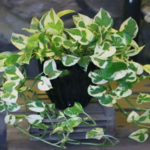The Dollar Tree is a popular houseplant that adds beauty and elegance to any home. In this article, we will provide you with information about the Dollar Tree plant, its meaning, and how to care for it.
1 What is the Dollar Tree Plant?
Origin and Meaning of the Dollar Tree Plant
The Dollar Tree plant, scientifically known as Dischidia Milnei, is also commonly referred to as the Dollar Vine. It belongs to the Orchid family and originates from European countries.
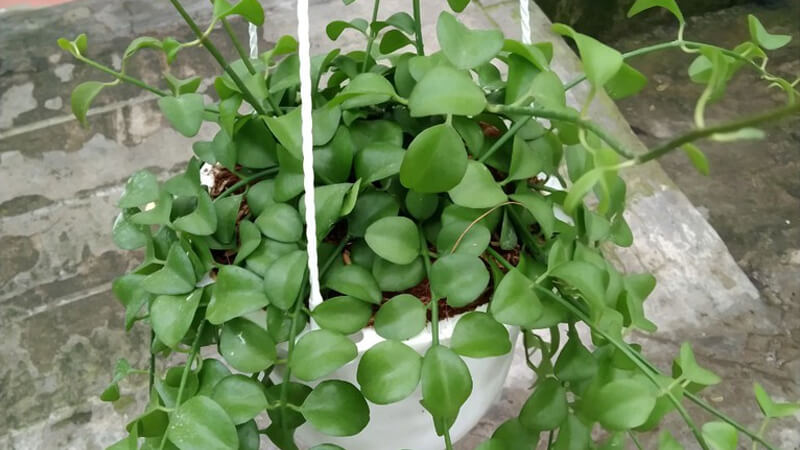 What is the Dollar Tree Plant?
What is the Dollar Tree Plant?
Significance of the Dollar Tree Plant
The Dollar Tree plant is believed to symbolize prosperity, financial stability, and abundant wealth. It is also said to foster positive relationships with partners. Displaying this plant in your home is thought to bring good luck and smooth sailing in your endeavors, while also promoting family harmony and prosperity.
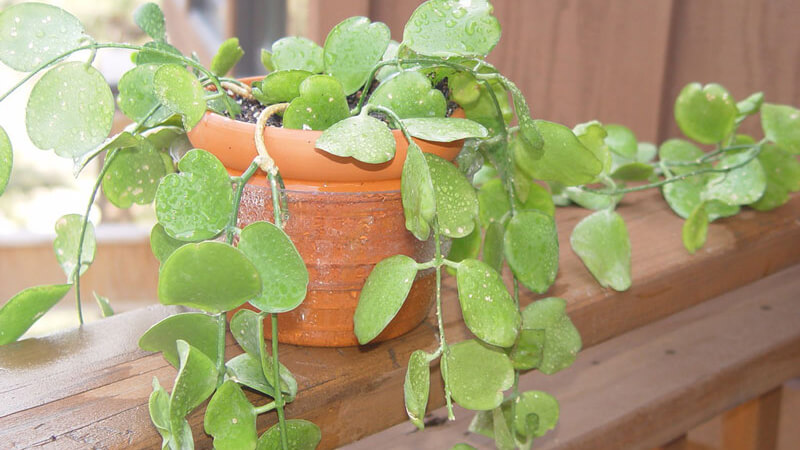 Significance of the Dollar Tree Plant
Significance of the Dollar Tree Plant
Characteristics and Classification of the Dollar Tree Plant
The Dollar Vine is a climbing plant with soft, glossy green stems that gracefully drape downward. When left to grow naturally, its vines can reach lengths of up to 5 meters.
Its leaves are thick and succulent, shaped either ovate or circular, and usually grow in pairs. They exhibit a darker shade of green when exposed to sunlight, while taking on a lighter hue in shaded areas. Additionally, this plant has a long lifespan and does not produce flowers.
2 Benefits of the Dollar Tree Plant
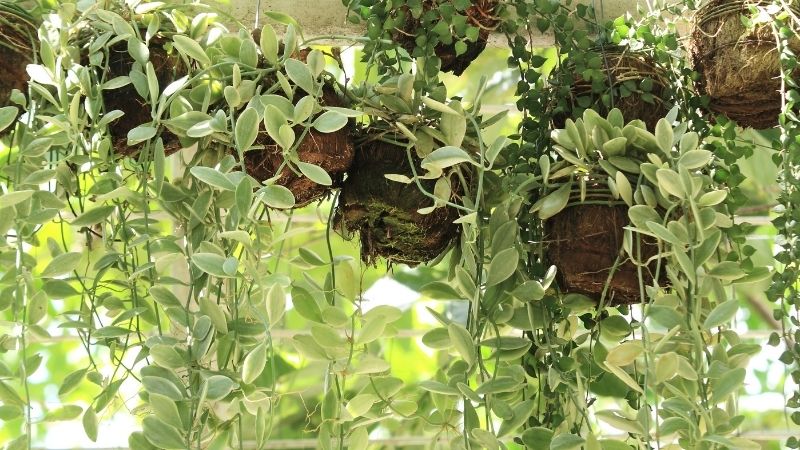 Benefits of the Dollar Tree Plant
Benefits of the Dollar Tree Plant
Aside from its symbolic significance, the Dollar Tree plant offers aesthetic benefits as a decorative houseplant. With its compact and charming appearance, it is often grown in small, uniquely shaped pots such as conch shells or coconut shells.
The plant is also commonly grown in hanging baskets crafted from bamboo or wooden trays, providing both water resistance and eco-friendliness.
The Dollar Vine helps create a lush and refreshing atmosphere, purifying the air and filtering out dust. For this reason, it is often placed on balconies, rooftops, hallways, or windowsills.
You can also display this plant in smaller pots to adorn your desk, study table, bookshelf, or TV stand.
3 How to Grow and Care for the Dollar Tree Plant
Growing the Dollar Tree Plant at Home
Required Materials
- Old, broken trays, pots, or shells (such as coconut shells)
- Dark brown, loose, and fertile soil
- Decayed rice husks or coconut fiber
- Treated, decayed wood
- Microbial fertilizer
Pro Tip: You can decorate the outside of the pot with a coat of paint. Remember to drill holes in the bottom of your chosen container to ensure proper drainage.
Planting the Dollar Tree
The Dollar Vine can be propagated through two main methods: dividing the clumps or cutting the stems:
Dividing the Clumps:
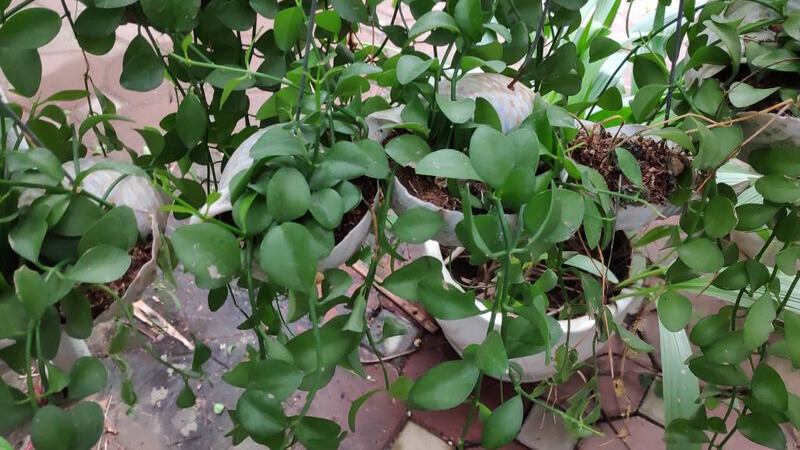 Dividing the Clumps Method
Dividing the Clumps Method
Cutting the Stems:
 Cutting the Stems Method
Cutting the Stems Method
Caring for the Dollar Tree Plant
- After planting, place the Dollar Vine in a cool, shaded area with access to indirect sunlight.
- During hot weather with temperatures exceeding 35°C, consider moving the plant to a netted area with a fan or automatic cooling system.
- Water the plant only when the topsoil feels dry. Avoid overwatering as the Dollar Vine’s leaves are succulent and can retain moisture for extended periods.
- When hanging the plant near an air conditioner, refrain from directly spraying water on the leaves.
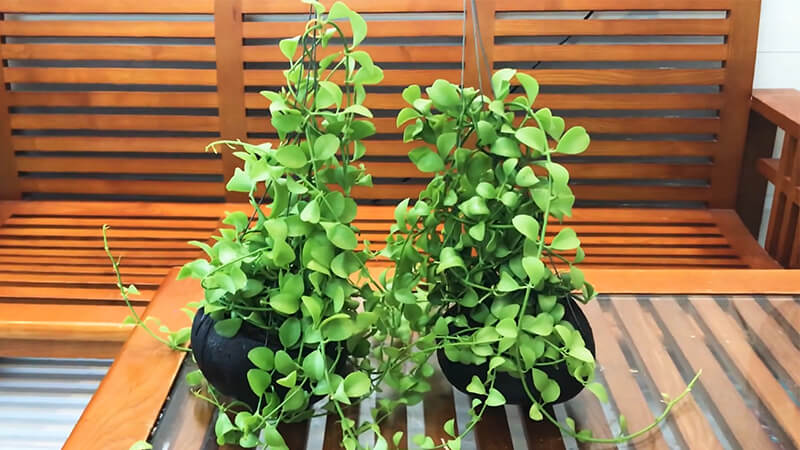 Caring for the Dollar Tree Plant
Caring for the Dollar Tree Plant
Notes on Growing and Caring for the Dollar Tree Plant
- If the plant is placed in a low-light area, ensure it receives morning or evening sunlight daily to facilitate photosynthesis.
- When the plant’s leaves start to turn yellow, you can water it with a solution of crushed, dried soybeans, and then cover the roots with soil and water again.
- Apply growth regulators sparingly, no more than three times a year.
- If the leaves develop yellow spots or small dots, remove the affected leaves at the base to improve airflow and prevent the spread of fungal spores and pests.
4 Beautiful Images of the Dollar Tree Plant
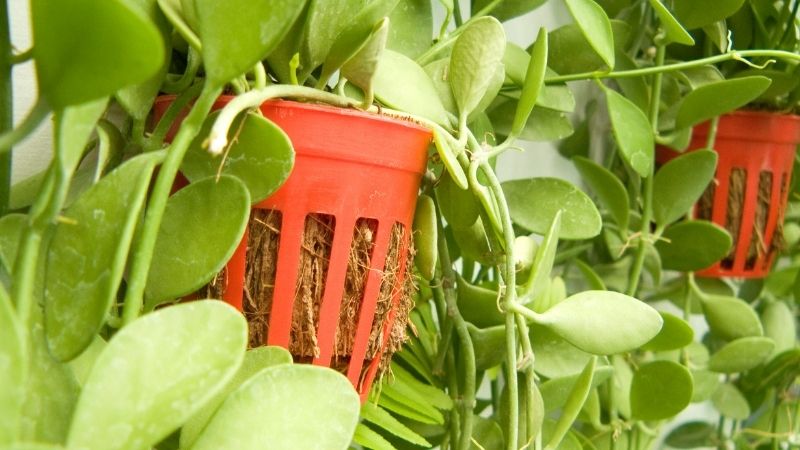 Dollar Tree Plant – Dischidia Milnei
Dollar Tree Plant – Dischidia Milnei
 Dollar Vine – A Member of the Orchid Family
Dollar Vine – A Member of the Orchid Family
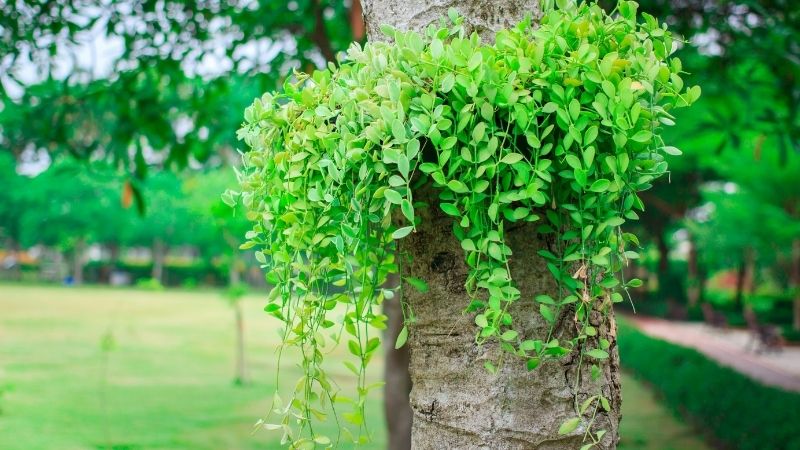 Originating from European Countries
Originating from European Countries
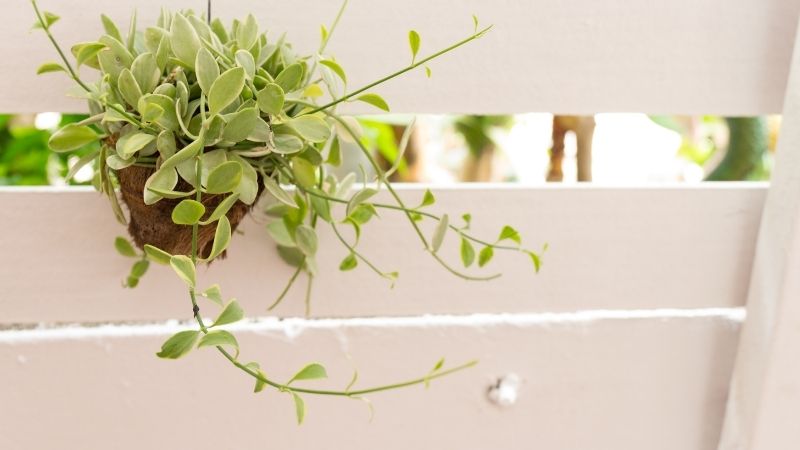 Climbing Dollar Vine
Climbing Dollar Vine
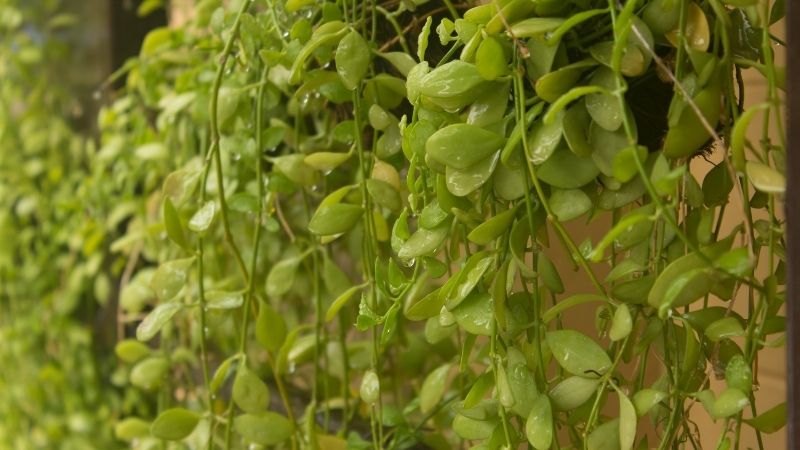 Succulent, Ovate Leaves
Succulent, Ovate Leaves
We hope you found this guide informative and wish you success in growing your own Dollar Tree plant.
The Marble Prayer Plant: Unveiling the Secrets of this Stunning Houseplant
Marble Queen Pothos, also known as the Devil’s Ivy, is a popular houseplant that has taken the world by storm with its stunning marble-patterned leaves and easy-going nature. This plant is a must-have for any indoor gardener, and in this article, we will delve into why it is a favorite among plant enthusiasts and how you can incorporate it into your own home decor.

